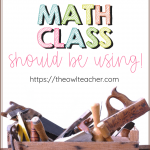
It’s about the tools. Tools assist in creating a final product. These math tools listed below are just as important to creating the final product, students understanding mathematical concepts, as the concepts themselves.
Five Fun & Effective Math Tools
#1 Purposeful Talk
It’s important that teachers model and instruct on purposeful talk. This is teaching students the art of conversing (listening skills) and most importantly, practicing to pause and think before speaking. (Who couldn’t use this sometimes?) One of the things I do is have a weekly Math Huddle. Together we gather as a class, sit in a circle, and debrief on the math instruction for the week. I discuss the importance of respecting, reflecting, and listening during this time.
#2 Math Journals
I have my students use a math journal (or notebook) daily in centers. They can write, draw, or glue materials in their notebooks. Just like reader’s workshop, students need a place to brainstorm ideas, write their explorations for math, list questions they have, reflect on math problems, summarize concepts, and justify their answers. This is one of the more effective math tools and a good way to assess what a student understands and what misconceptions need cleared up.
#3 Vocabulary Word Wall
Typically in lower grades, you will find a word wall with all kinds of sight words as a way to assist with reading. I like to use a vocabulary word wall (though this year, it is on a ring) to frequently review math terms. As we begin studying a unit, we discuss the word and the definition, and then draw some sort of representation. Occasionally as a review or activating strategy, I will play games with our words (including old terms) to keep them fresh in the students’ minds. I have also pulled two different terms and had students discuss why they are important and try to find some connection between them.
#4 Graphic Organizers
I love to use graphic organizers, even in math. (I do love organization!) When we are exploring new definitions of words, I like to have students complete the Math Frayer Model. This is where students write the definition in their own words, a representation, an example, and a non-example. I have even substituted “real-life examples” in this model. In addition, students can use Venn diagrams (to compare and contrast concepts), draw diagrams, illustrate steps, and create analogies (sum is to addition as product is to multiplication). Graphic organizers make great anchor charts and can be placed in students’ math journals for reference.
#5 Anchor Charts
I love, love, love anchor charts. They make great references for students, and I have found that these are most successful when you create them together as a class. I have seen students over and over look to where an anchor chart was during testing to “visualize” what it said. Anchor charts do not need to be beautiful or fancy but rather short and to the point. They can be math methods, strategies, and/or steps. Anchor charts are just a brief visual of your mini-lessons.
What other math tools can you think of that I may have missed? Let me know below!

For additional great ideas and engaging products, visit my store on TpT!

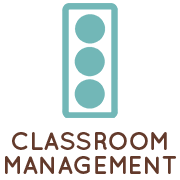
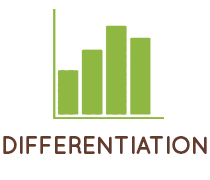
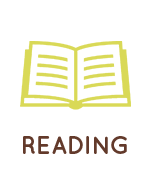
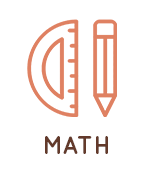
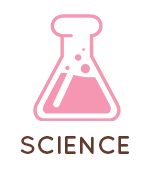


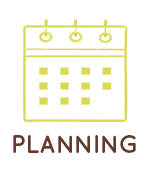
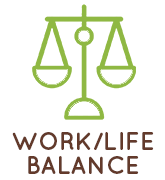

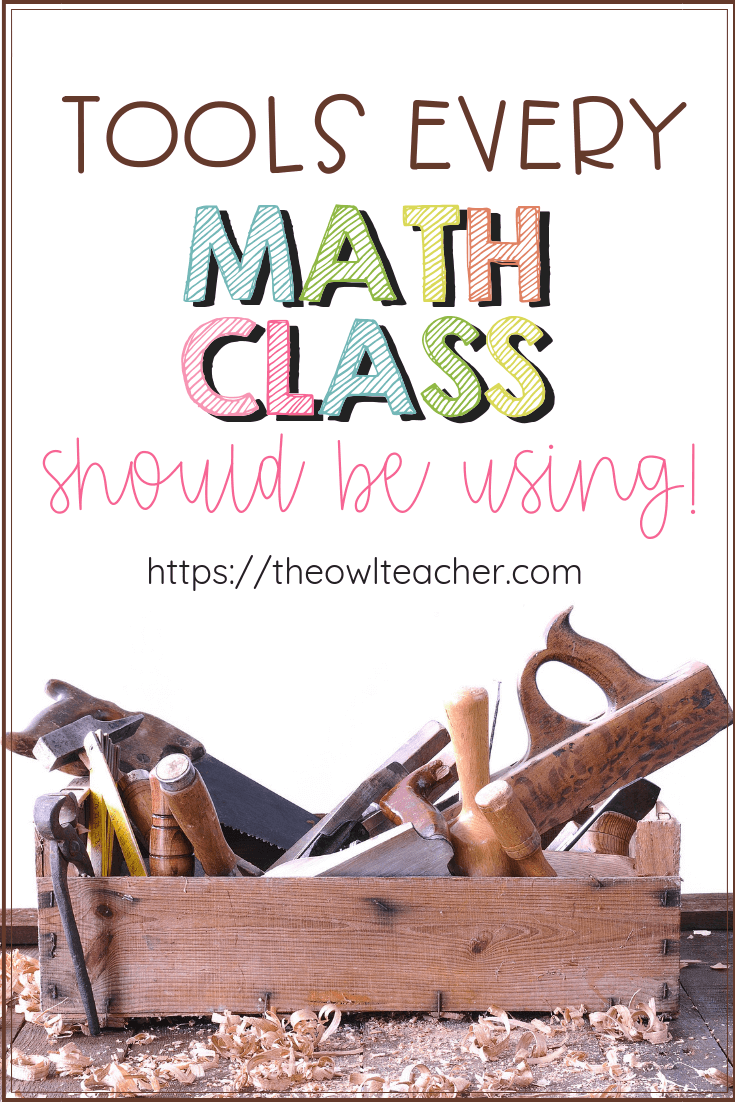




One Response
Great ideas, Tammy! I love the idea of having the word wall on a ring, and using it to play games as you review words you learned earlier in the year. I totally agree with you on the anchor chart. I have also witnessed students looking to where an anchor chart WAS to try to visualize what it said!